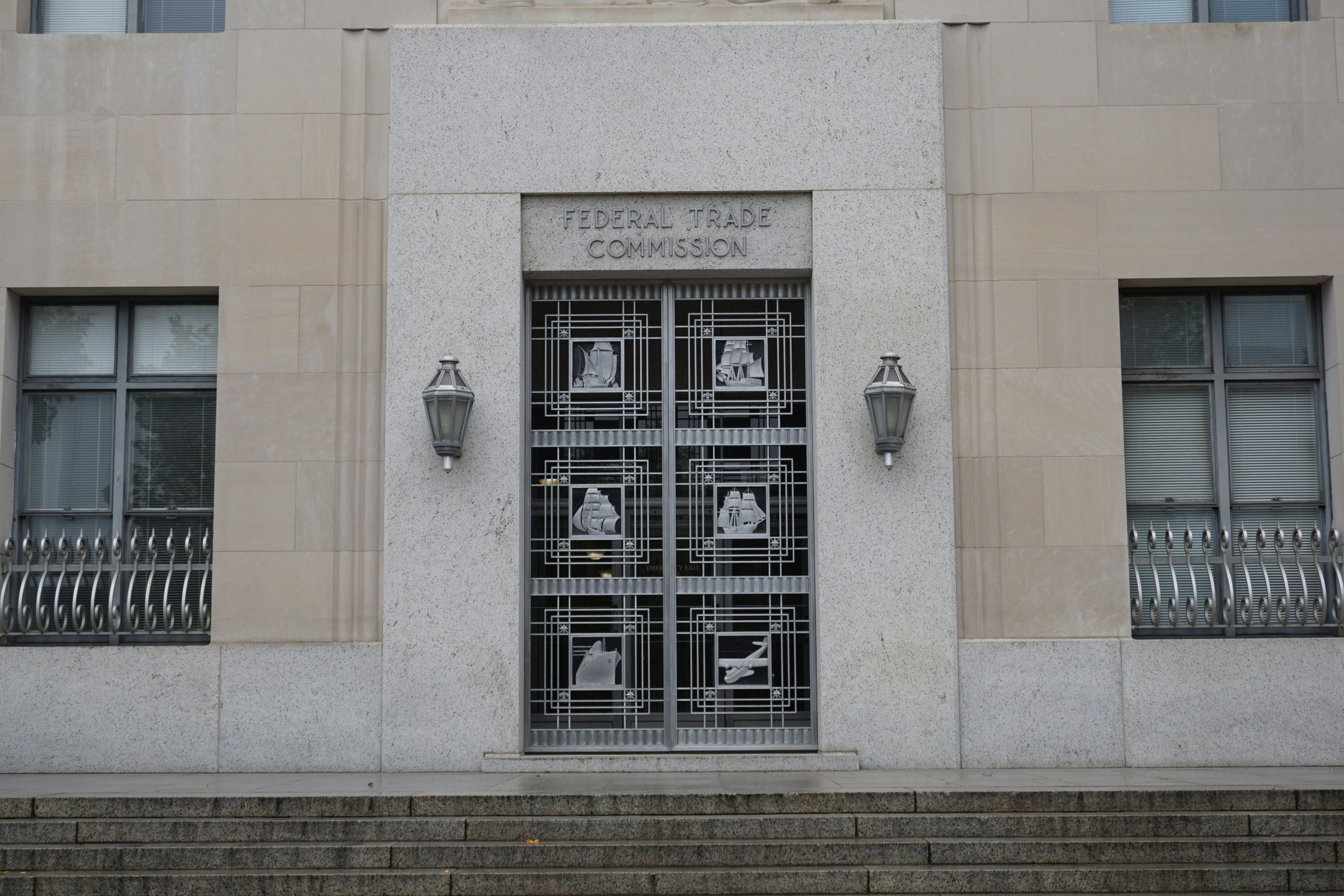Between 36 and 60 million employees could be relieved of restrictions.
 On April 23, 2024, the Federal Trade Commission (FTC) issued a final rule to ban non-compete agreements for most workers in the United States, action the Commission says will increase worker mobility, boost wages, and stimulate innovation across various industries.
On April 23, 2024, the Federal Trade Commission (FTC) issued a final rule to ban non-compete agreements for most workers in the United States, action the Commission says will increase worker mobility, boost wages, and stimulate innovation across various industries.
The ban – which would go into effect 120 days after publication in the Federal Register – has a limited exemption for highly compensated executives in policymaking roles, although existing agreements with these executives are intended to remain in place.
But not everyone was celebrating the ban. The day after the FTC’s announcement, the U.S. Chamber of Commerce and other business groups filed suit in federal court in Tyler, Texas, to block the rule, saying the FTC lacks proper authority and that the rule is overly broad. Non-competes are essential to protecting company intellectual property, the groups say, but that is something the FTC believes could be just as effectively addressed by non-disclosure agreements and by relying on trade secret laws.
The impact of the ban would affect millions of workers and their employers. In 2019, the Economic Policy Institute estimated that between 28% and 47% of private-sector workers were subject to non-competes, meaning that between 36 million and 60 million – out of approximately 129 million workers – were subject to non-compete agreements. According to the Chamber of Commerce, “tens of millions” of employment agreements would be affected by the rule. The FTC predicts several positive outcomes from the ban:
- Increased Wages. Workers nationwide could see an average annual pay raise of $524.
- Job Creation. The ban is projected to spur the creation of more than 8,500 new businesses each year.
- Innovation Boost. The FTC expects an estimated increase of 17,000 to 29,000 new patents filed annually over the next decade.
- Reduced Healthcare Spending. The ban could lead to a decrease in healthcare costs due to increased worker mobility in the healthcare sector.
Business Groups Question FTC Authority, Fairness
In their April 24 complaint, the Chamber of Commerce and other groups argue that the rule is unlawful (Chamber of Commerce, et al. v. FTC, et al., E.D. Texas, Tyler Div., No. 6:24-cv-00148). They say:
- The FTC lacks authority to enact such a rule. Traditionally, states have regulated non-compete agreements and the Commission is relying on a rarely used provision of the FTC Act to make a novel claim of authority.
- Non-compete agreements are not inherently unfair. The broad ban ignores the potential benefits for both businesses and some workers.
- The ban is unfair to businesses. Retroactive application of the rule is unfair and potentially unconstitutional.
- FTC’s decision-making process was arbitrary and capricious. The agency did not consider alternative approaches and relied on flawed research to support its decision.
Further, the business groups note how much companies invest in training and developing employees. Non-compete agreements protect those investments. They reiterate the need to guard proprietary information and how states already limit the extent to which employers can restrict their employees.
This isn’t the first time federal competition law enforcers have targeted a merger for its potential adverse impact on a labor market, but the first time wasn’t long ago. Former FTC official John Newman told Axios that the proposed merger of publishing goliaths Penguin Random House and Simon & Schuster concerned the Department of Antitrust Division for its impact on authors. Fewer publishers bidding on books would have meant less money for authors, the government argued. The DOJ prevailed in court in 2021 and the deal was called off. “It was the first-ever merger challenge that defined a market focused on labor, instead of a product market for consumers,” Newman told Axios. More recently, he noted the FTC’s February lawsuit to block supermarket giant Kroger’s $24.6 billion acquisition of Albertsons because it would diminish competition for unionized grocery workers.
Not a radical concept
Restricting the use of non-compete clauses is not as extreme as it may seem. In California, for example, non-compete clauses are virtually unenforceable. Aligning the states on this issue would benefit workers, who are increasingly mobile, and businesses, who would only need to comply with a single federal policy rather than navigating a patchwork of state laws.
The negative impact of non-compete clauses is clear; they harm workers and competition in the labor market. In regions where there are only a few employers, for example, workers have less opportunity to bargain for higher wages and better workplaces.
Further, industry consolidation is believed to be a strong wage suppressant. This is most plain in the healthcare sector, which employs 22 million people. Two-thirds of hospitals are part of larger systems, and 80% of hospital markets are considered highly consolidated.
Darbin Wofford, Senior Health Policy Advisor at the Third Way think tank, writes, “A consolidated health care market leaves those workers with fewer employers to choose from in their geographic area. This lack of competition allows for greater control of wages by the hospital system.”
Consolidation and undue restrictions hit employees with a one-two punch.
Certainly, as businesses say, protecting confidential information and trade secrets is important and necessary to encourage innovation. But as California employers already know, there are alternatives to businesses who are no longer able to enforce broad non-competes, such as relying on trade secret laws and non-disclosure agreements.
While businesses have complained that banning non-competes will increase poaching and wages, suppressing worker mobility and worker income are not good outcomes for anyone. In a competitive labor market where workers are mobile, employers must pay competitive wages, provide good benefits, and ensure job satisfaction. Non-compete clauses undermine those important benefits, especially in consolidated markets.
![]()
Edited by Tom Hagy. Photo by Ian Hutchinson on Unsplash
